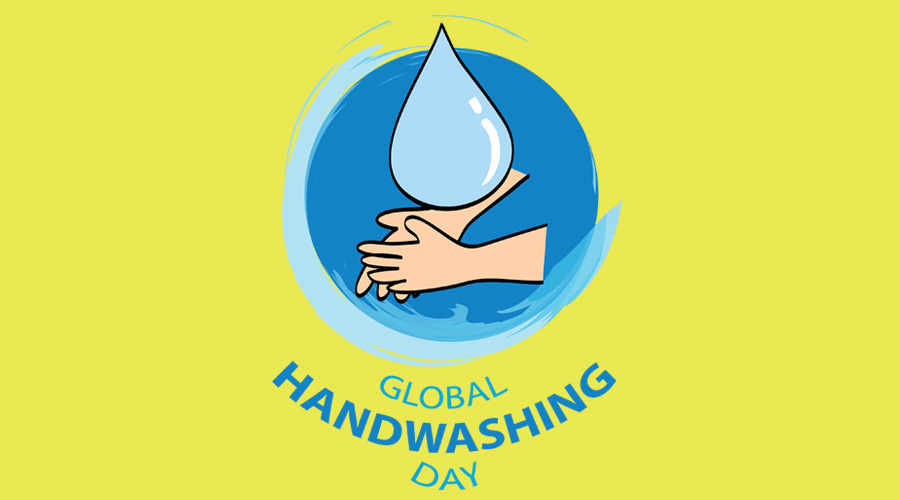
Each October, Global Handwashing Day highlights the important relationship between handwashing with soap and water and staying healthy. Whether at home or out in the community, this simple, quick and inexpensive action is one of the most effective ways to stop the spread of germs and sickness.
Medical experts from the Centers for Disease Control and Prevention (CDC) and the World Health Organization (WHO) agree that developing a habit of consistent and thorough handwashing with soap and water is the best way to remove cold and flu germs, and prevent the spread of other contagious illnesses seen around the globe like diarrhea, pneumonia and COVID-19.
Germs can move easily from person to person – or from surfaces to people – simply through touching. Therefore, handwashing is especially important at specific times during the day, such as after using the bathroom, when preparing food, before eating, and after coughing, sneezing, or blowing your nose.
Making a difference through handwashing education
According to the Global Public-Private Partnership for Handwashing (PPPHW), creators of Global Handwashing Day, three out of 10 people worldwide lack access to basic hygiene services. This year’s theme, “Unite for Universal Hand Hygiene,” calls for a global effort to educate people on handwashing, and support affordable, accessible, and desirable hand hygiene solutions for everyone, everywhere.
Teaching people about handwashing helps them and their communities stay healthier. The CDC says that focusing on handwashing education in communities can:
- Reduce the number of people who get sick with diarrhea by about 23–40 percent
- Reduce absenteeism due to gastrointestinal illness in schoolchildren by 29–57 percent
- Reduce respiratory illnesses, like colds, in the general population by about 16–21 percent
Bradley’s Healthy Handwashing Survey
With a similar goal of stressing the importance of regular handwashing, Bradley Corporation conducts its annual Healthy Handwashing Survey to spotlight the state of hand hygiene in the United States.
The 2022 survey highlights Americans’ self-reported handwashing behaviors, showing a 25 percent decline in handwashing compared with early on in the coronavirus pandemic. In 2020, Americans were washing their hands an average of 10.5 times per day. By 2022, that number dropped by one-fourth to 7.8 times per day.
“Lathering up, scrubbing thoroughly, rinsing and drying your hands is something that should be done consistently without letting our guards down,” says Jon Dommisse, vice president of marketing and corporate communication for Bradley Corporation.
“Linking handwashing with certain daily habits is an effective way to establish good handwashing practices,” Dommisse says. “By making it a point to wash your hands before each meal, after every visit to the restroom and after coming home from a public place, this repetitive action can become a simple and automatic healthy handwashing behavior.”

 The Down and Dirty on Cleaning in Virus Season
The Down and Dirty on Cleaning in Virus Season How Surfactant Use is Expanding in Commercial Cleaning
How Surfactant Use is Expanding in Commercial Cleaning